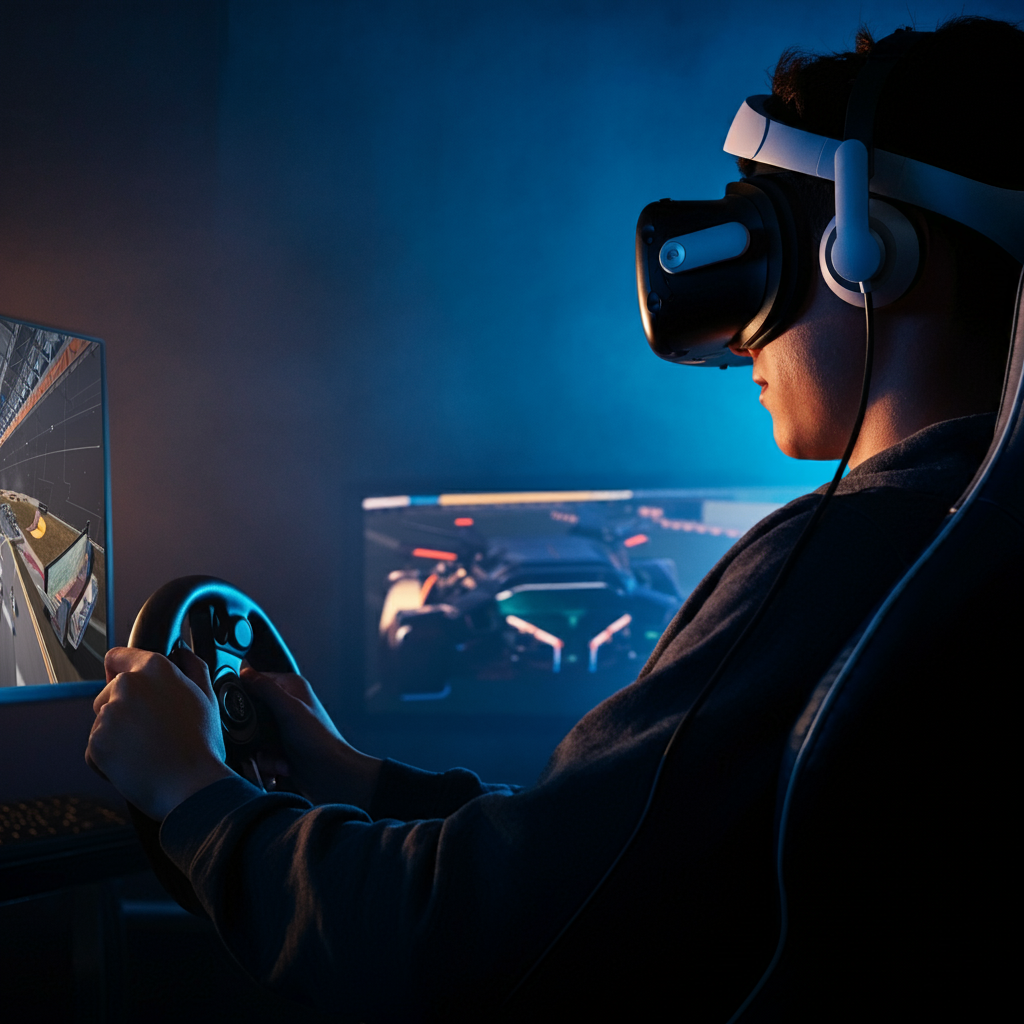Virtual reality (VR) is reshaping the competitive gaming landscape, particularly for new players entering the scene. By offering immersive and interactive experiences, VR is transforming how newcomers approach, learn, and engage with competitive games. This shift is having a profound impact on player experiences and expectations, setting the stage for a new era in gaming.
One of the most significant ways VR is transforming the competitive gaming experience for new players is through its immersive nature. Unlike traditional gaming setups, which rely on flat screens and controllers, VR places players in a fully three-dimensional environment. This level of immersion enhances the learning curve for new players by providing a more intuitive and natural way to interact with game mechanics. In VR, players can physically move, look around, and manipulate objects, making the learning process more engaging and memorable.
The hands-on experience offered by VR also facilitates quicker skill acquisition. New players can practice and refine their abilities in realistic settings that mirror actual gameplay scenarios. For example, in VR first-person shooters, players can physically aim and shoot, providing a more accurate representation of in-game actions compared to traditional controller-based systems. This immediate feedback helps new players understand game mechanics more effectively and accelerate their skill development.
Another transformative aspect of VR is its ability to create tailored training environments. New players can benefit from VR simulations designed specifically for learning and practice. These simulations can replicate various in-game scenarios, allowing players to practice strategies, improve reaction times, and experiment with different approaches in a controlled setting. This targeted training can significantly enhance a newcomer’s proficiency and confidence, helping them adapt to competitive play more swiftly.
The social dimension of VR also plays a crucial role in transforming the competitive gaming experience for new players. VR enables more natural and immersive interactions with other players. Instead of relying solely on text or voice communication, newcomers can use body language, gestures, and spatial cues to communicate and collaborate with teammates. This enhanced interaction fosters a stronger sense of community and teamwork, making it easier for new players to integrate into competitive gaming environments and form connections with other players.
Additionally, VR’s immersive experiences can help new players better understand and appreciate the competitive gaming ecosystem. By participating in VR-based competitive events and tournaments, newcomers can gain firsthand experience of the excitement and intensity of high-stakes competitions. This exposure not only motivates new players but also helps them grasp the dynamics of competitive gaming, from strategy and teamwork to the pressures of live tournaments.
Moreover, VR’s potential for creating diverse and engaging game environments offers new players a broader range of experiences. Unlike traditional games that may have fixed or repetitive settings, VR games can provide dynamic and varied environments that keep gameplay fresh and exciting. This variety helps new players stay engaged and motivated as they explore different aspects of competitive gaming.
Overall, VR is revolutionizing the competitive gaming experience for new players by offering immersive, intuitive, and engaging ways to learn and play. Its impact extends beyond skill development to include enhanced social interactions and exposure to competitive gaming environments. As VR technology continues to evolve, it is likely to further enrich the experiences of newcomers, making competitive gaming more accessible and enjoyable for players at all levels.

